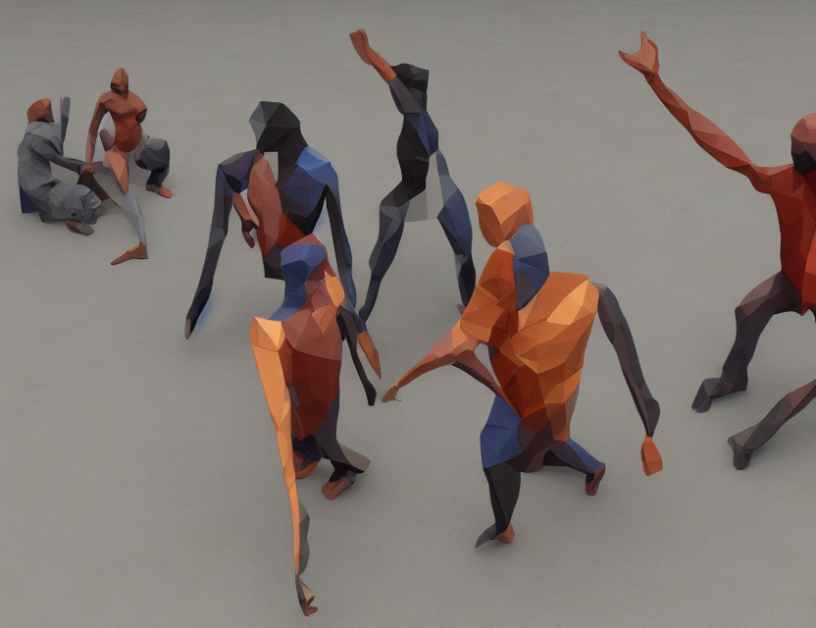In this article, we delve into the realm of 3D shape retrieval, where machines are tasked with identifying and matching shapes from various sources. We explore two primary approaches to achieving this goal: model-based methods and model-free methods.
Model-Based Methods
Model-based methods rely on pre-defined models of the human body or objects, which serve as a basis for comparison. These models are created through manual sculpting or using algorithms that generate them from existing data. The process involves creating an initial shape model and then modifying it to match the target shape. Think of it like building with Lego blocks – you start with a base model and add/remove pieces to create a more accurate representation. Model-based methods can produce highly detailed outputs, but they require significant manual effort and are limited by their reliance on pre-defined models.
Model-Free Methods
Model-free methods, on the other hand, forego the use of pre-defined models altogether. These approaches rely solely on the input data to generate 3D shapes. In contrast to model-based methods, model-free methods do not require manual effort or pre-defined models. Instead, they utilize algorithms that analyze the input data and generate a 3D shape based on statistical patterns. Imagine using a camera to capture an image of an object from different angles – model-free methods can use these images to create a digital replica of the object without prior knowledge of its shape. While model-free methods are more computationally efficient, they often struggle to capture subtle details and may produce less accurate outputs compared to model-based methods.
Advantages and Limitations
While both approaches have their strengths and weaknesses, model-free methods are particularly useful in challenging scenarios where prior knowledge of the human body is limited or unreliable. However, they can struggle with details like skin texture and other nuances that are difficult to quantify statistically. Model-based methods, on the other hand, excel at capturing subtle details but require significant manual effort and may not generalize well to new scenarios.
In conclusion, both model-based and model-free methods have their unique advantages and limitations when it comes to 3D shape retrieval. By understanding these approaches and their respective strengths and weaknesses, researchers can better appreciate the complexities of this field and develop more effective methods for identifying and matching 3D shapes.



